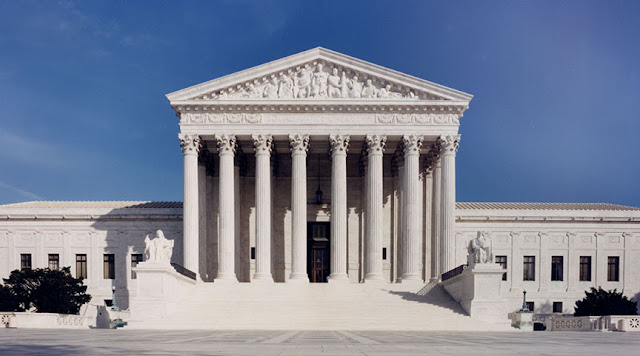Ililani | April 23, 2020
By Henry Curtis
The Mayor of Maui County asserted that it had a legal right to pollute the ocean.
Although the Maui Council opposed continuing the fight, the Mayor insisted on a U.S. Supreme Court ruling. (Stories by Civil Beat, Honolulu Star-Advertiser)
The U.S. Supreme Court ruled against the County.
Hawai`i Wildlife Fund, Sierra Club-Maui Group, Surfrider Foundation, and West Maui Preservation Association represented by EarthJustice attorney David L. Henkin won the Maui injection well case in a 6-3 Decision by the United States Supreme Court decision written by Justice Breyer. (Docket File, Decision)
County of Maui v. Hawaii Wildlife Fund, No. 18-260, was a United States Supreme Court case involving pollution discharges under the Clean Water Act, specifically whether pollution from a point of discharge into a groundwater source that can potentially reach navigable waterways must be regulated, decided in 2020.
The U.S. Supreme Court ruled that such discharges into groundwater sources may potentially require permits as they may be the “functional equivalent of a direct discharge”, a new test defined by the ruling consistent with the intent of the Clean Water Act, and on vacating and remanding the case to the United States Court of Appeals for the Ninth Circuit instructed the court to work with the EPA to establish additional guidance on such sources.
Justice Stephen Breyer, who authored the opinion, laid out two key factors for “most cases, but not necessarily every case” in determining whether indirect pollution needs permits: the distance pollution must travel to reach a federal waterway, and the time it takes to get there.
He noted multiple other potential considerations: the nature of material pollution travels through and the extent to which pollution is diluted or chemically changed; the amount that makes it all the way to a federal waterway; and more.
Bloomberg Law: ‘Devastating’ for Industry
Lawyers for utilities, energy companies, home builders, and other industries are expected to parse the meaning of the court’s definition for years.
Los Angeles-based industry lawyer Paul Beard called it a “devastating decision” for all sorts of industries that discharge water pollution because they’ll have to apply the court’s multi-factor test instead of a clear, bright-line rule.
“One thing’s for certain: This is a veritable boon for CWA lawyers—and their experts—who will engage in even costlier and more time-consuming litigation over questions about whether a discharge is from a point source under the court’s new test,” the Fisher Broyles LLP partner said.
Pacific Legal Foundation attorney Glenn Roper agreed, saying it will “make it difficult for regulated parties to predict whether or not they must seek a federal permit.”
Henkin, the Earthjustice lawyer, pushed back on what he called “industry-led hysteria that this is going to open the floodgates of litigation.” Lower courts will be “line-drawing, calling the balls and strikes, which is what courts do all the time.”
The majority opinion acknowledged that its standard leaves gray areas about what’s covered under the Clean Water Act, but concluded “there are too many potentially relevant factors applicable to factually different cases for this Court now to use more specific language.”
Other Cases
The Supreme Court’s decision affects multiple other cases that raise similar Clean Water Act questions.
One of those, a dispute over petroleum pollution from a pipeline rupture, is still sitting on the high court’s stack of pending petitions.
Southern Environmental Law Center attorney Frank Holleman, representing conservation groups in that case, expects the justices to send it back to lower courts to apply the functional equivalent test, and he’s optimistic about the outcome.
“I think the decision is perfect for our case,” he said.
A series of appellate court decisions in 2018 ruled against environmentalists who argued that power plants needed permits for coal ash impoundments that leak pollution underground and ultimately into nearby waterways.
Harvard Law professor Richard Lazarus noted that power plant operators had argued that the leaks weren’t covered because they traveled through groundwater.
“The Court’s opinion today completely rejects that argument and those lower court rulings,” he said in an email.
Original Post: http://www.ililani.media/2020/04/maui-county-spends-millions-lost-water.html

